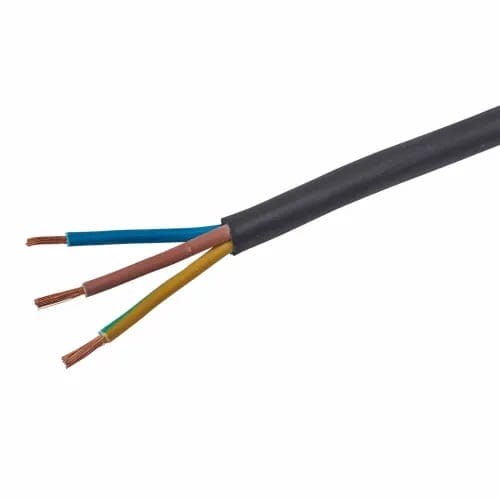What is flex cable used for?
Flex cable, also known as flexible flat cable (FFC), is a type of cable that is designed to be flexible and bendable. It is commonly used in a wide range of electronic devices, including laptops, smartphones, and digital cameras. Flex cables are made up of a series of flat conductors that are laminated together with a flexible insulating material, such as polyimide. The conductors are typically made from copper or copper alloys, and they are arranged in a parallel pattern. Flex cables are used to transmit electrical signals and power between different components of electronic devices.
One of the most common uses is in laptop computers. Flex cables are used to connect the motherboard to the display panel, keyboard, touchpad, and other components. The flexibility of the cable allows the laptop to be opened and closed without damaging the cable or the connectors. In addition, they can be manufactured in different lengths and sizes, which allows for customization and flexibility in the design of electronic devices.
Smartphones.
Flex cables are also used in smartphones and other mobile devices. They are used to connect the touchscreen display to the motherboard, as well as to connect other components such as the camera, microphone, and speaker. The flexibility of the cable allows for the creation of thinner and more compact devices, which is essential for mobile devices.
Another application is in digital cameras. Flex cables are used to connect the camera sensor to the motherboard, as well as to connect the display panel and other components. The flexibility of the cable allows for the creation of smaller and more lightweight cameras, which is important for portability and ease of use. Flexible cables can be an ideal solution for light cameras that require intricate positioning and movement.
The flexibility of these cables allows for them to be routed through tight spaces and around corners without compromising their performance. This can be particularly beneficial for cameras that need to be placed in hard-to-reach areas, such as security cameras or those used for wildlife observation. With flexible cables, cameras can be positioned precisely where they need to be without having to worry about the limitations of traditional, rigid cables. This can ultimately lead to more effective monitoring and improved overall security or observational results.
Flex cable has a number of advantages over traditional cable. The flexibility of the cable allows for more efficient use of space, which is important for compact electronic devices. In addition, the flat design of the cable reduces the risk of interference and crosstalk between different conductors, which can improve the overall performance of electronic devices. Flex cables are also resistant to heat and cold, which makes them suitable for use in a wide range of environments.
Durability.
One of the key benefits of flex cable is its durability. Flex cables are designed to withstand repeated bending and flexing without breaking or losing their functionality. This makes them ideal for use in electronic devices that are subject to frequent movement or vibration, such as laptops, smartphones, and digital cameras. In addition, flex cables are resistant to abrasion and wear, which makes them suitable for use in harsh environments.
Another benefit of flex cable is its ease of installation. Flex cables can be easily installed in electronic devices using a variety of connectors, including ZIF (Zero Insertion Force) and LIF (Low Insertion Force) connectors. This makes it easy for manufacturers to incorporate flex cable into their designs, which can reduce the overall cost and complexity of electronic devices.
Flex cable is also environmentally friendly. The use of flex cable in electronic devices can reduce the amount of waste generated by these devices, as it allows for more efficient use of space and materials. In addition, flex cable can be recycled, which reduces the environmental impact of electronic devices.
Conclusion.
In conclusion, flex cable is a versatile and durable type of cable that is used in a wide range of electronic devices. Its flexibility, durability, and ease of installation make it an ideal choice for use in compact and portable devices such as laptops, smartphones, and digital cameras. The environmental benefits of flex cable also make it a sustainable choice for manufacturers and consumers alike. With continued innovation and development, the use of flex cable is likely to increase in the future as electronic devices become more compact and sophisticated.
Hope you’ve found our article, What is flex cable used for? useful.
Thank you for taking the time to read my post. If you’d like to add a comment or thought on this post, please use the comments section below. I can also be contacted via the online contact form. Keep up to date with the latest news on social media.

